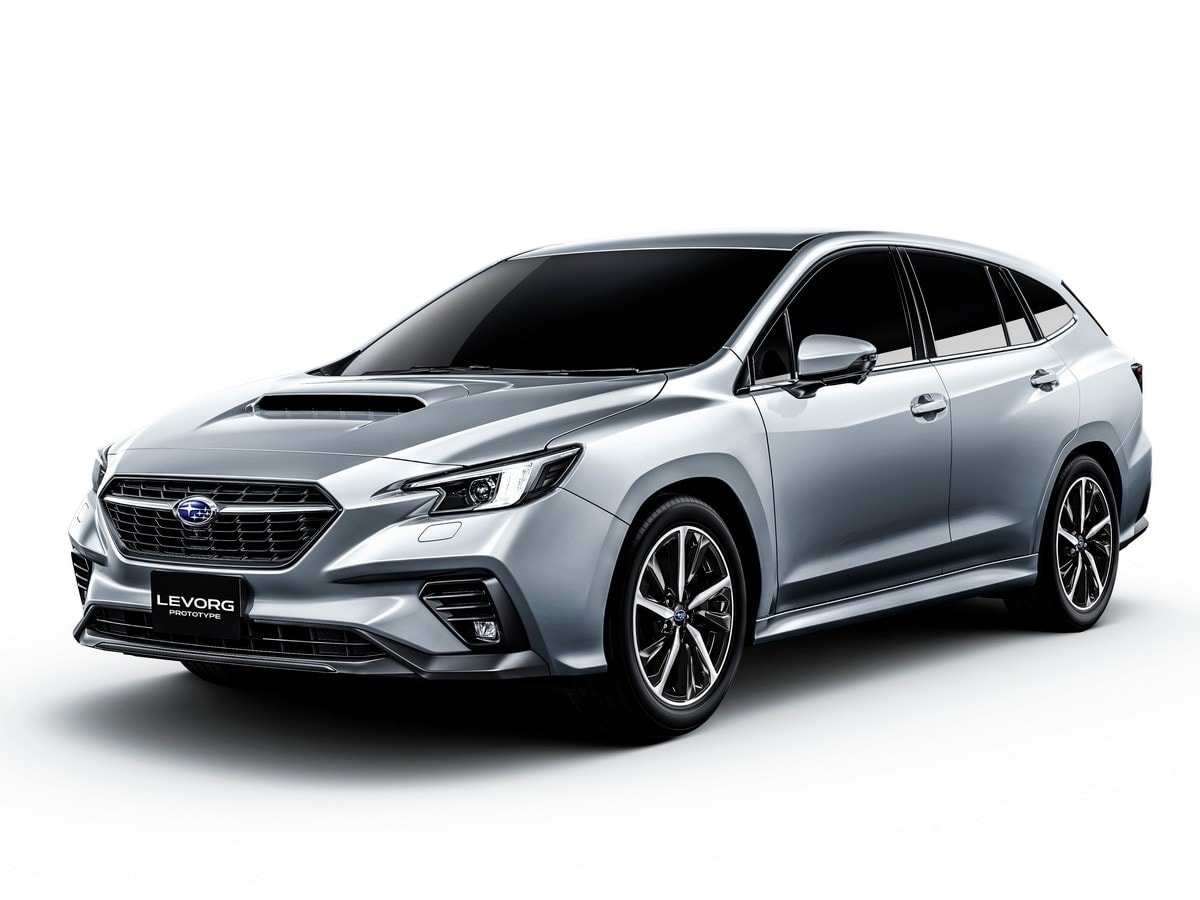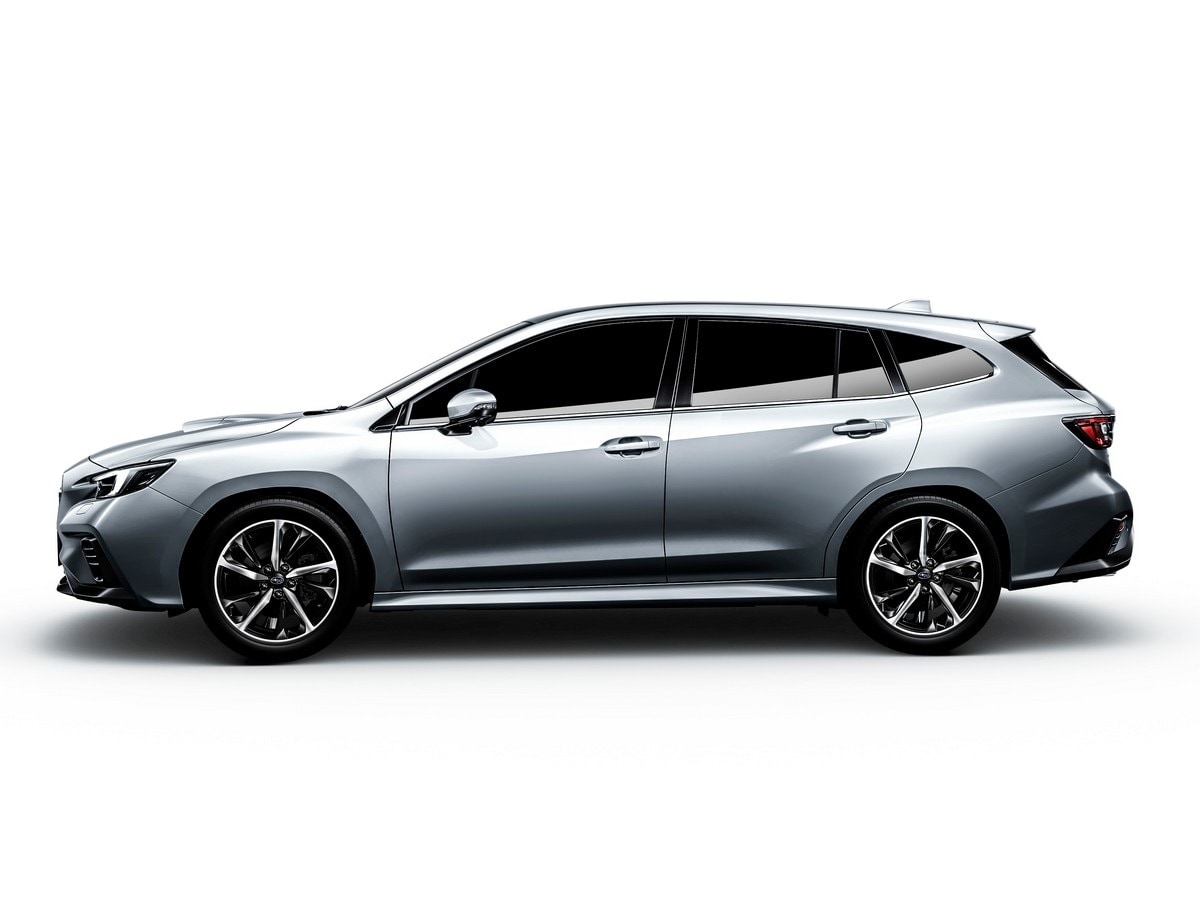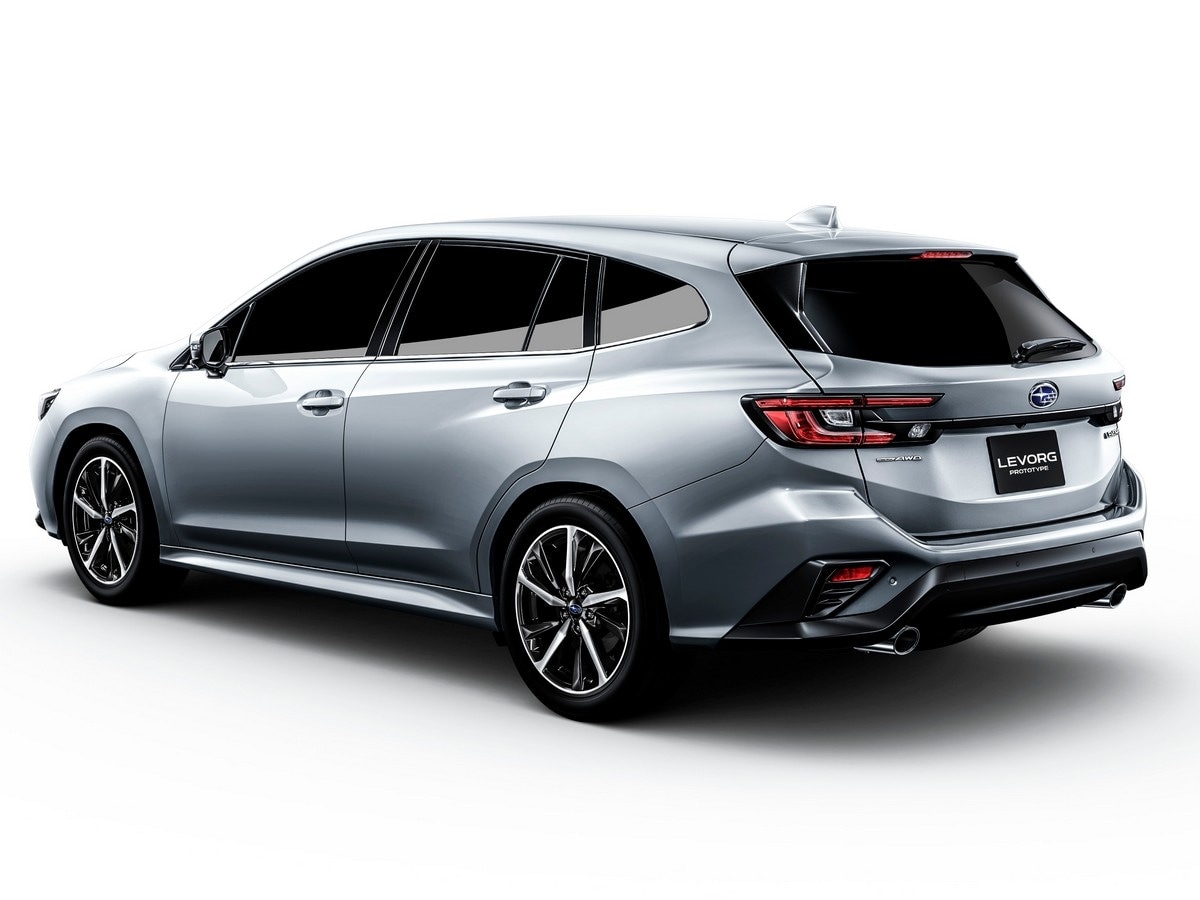- Remake of Japan domestic market model
- Concept previews next-gen Impreza, WRX
- Derived from Subaru’s global platform
- 1.8-liter turbo flat-4 power
Subaru unveiled its next generation Levorg Prototype at the Tokyo Motor Show, and it’s perfectly fine if you now find yourself asking what the heck a Levorg is. Offered in Japan since 2014, the Levorg (LEgacy reVOlution touRinG) is a midsize wagon with sporting ambitions that’s offered with two turbocharged flat four engine options, all-wheel drive, and a continuously variable transmission. Though the upcoming and updated Levorg isn’t slated for the US, its underpinnings and drivetrain tell the story of the next Impreza and WRX.
Like much of the Subaru product now offered in the US, the Levorg rides on the company’s new global platform – something the WRX and STI won’t see until their redesign until late next year or early 2021. Equally relevant, it’s reasonable to assume that the next generation Impreza will use a version of the Levorg’s direct-injected 1.8-liter turbocharged boxer engine. The company says it “brings superior dynamic quality with its strong torque,” which we’ll take to mean that it produces a large amount of its total torque at low rpm. Rumors suggest that the engine will produce about 266 horsepower. Production versions of the Levorg are still some time away, set to launch during the second half of the 2020 calendar year, which means longer still before we see US-spec Imprezas with the new running gear.
Next-gen EyeSight safety tech
That gear isn’t limited to the chassis and the suspension, of course. Subaru’s next generation EyeSight technology makes its premiere on the Levorg, which uses a new, wide-angle camera in combination with four radar sensors to see 360 degrees around the vehicle. It’s also said to offer upgraded pre-collision braking that’s designed to better cover the driver at low visibility intersections.
Also equipped in the Levorg is what the brand is calling a high-definition map – as far as we can tell Subaru isn’t talking about the resolution of the map display itself, but of the car’s ability to pinpoint itself on that map. The system combines information from both GPS and “Michibiki” (the Quasi-Zenith satellite system – a positioning system that consists of four satellites that is designed to enhance the accuracy of GPS in Japan). Using these along with high-definition map data, the car is able to recognize the shape of the highway ahead, allowing it to slow for curves in advance, as well as better control hands-free driving when in traffic.
Class of 2020: The New and Redesigned Cars, Trucks and SUVs
The final takeaway from the Levorg prototype is that it seems the company intends to emphasize the driving experience even in an increasingly automated landscape: “With this vehicle, Subaru envisions to create ‘a future that everyone can enjoy driving at their fullest, at their will’ in an era where autonomous driving technology is widely spreading.” If Subaru can manage to offer an engaging driving experience even for a little while despite the inevitable direction of the automobile, we’ll be pleased.










